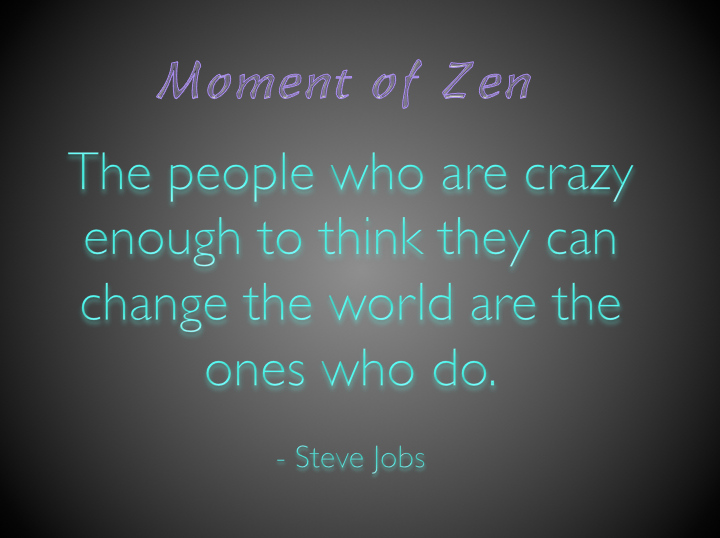
Hello, folks 🙂
Since ClassDojo’s beginnings, millions of teachers have signed up to use ClassDojo in their classrooms. Over time, we’ve been excited to hear those teachers spread it to other teachers in their schools and grade-levels – creating entire ‘ClassDojo schools’ where every teacher uses ClassDojo, or whole grade-level teams using ClassDojo to help students develop the behaviors and skills they need for success.
Today, we’re thrilled to announce two features that make using ClassDojo across an entire grade-level or school – or even with just a few other teachers – a lot easier! Now, for the first time, you’ll be able to connect with other teachers in your school to teach classes together, share student rosters, and track your students’ progress across all their different classes. These features have been the most popular requests from teachers everywhere over the last few years – we hope you like them 🙂
There are two ways to work together with other ClassDojo teachers, Shared Students and Shared Classes:
-
With Shared Students, teachers can connect with each other and share individual students to fill each other’s classes. Setting up your classes will be faster by pulling from the school roster, and you can also view students’ reports from their other teachers’ classes.
-
With Shared Classes, you and your colleagues can teach the same class, awarding feedback points in each others’ classes, and instantly messaging parents! This feature is great for teaching assistants and also classes that move together during the school day.
Read more details on the ClassDojo Community Forum!
We’ve been hard at work building these features to help you use ClassDojo across your whole school or grade level – and this is just the first step! We hope you love what we’re launching today, and we’d love your feedback – let us know what you think in the comments below, or by emailing us at hello@classdojo.com 🙂










